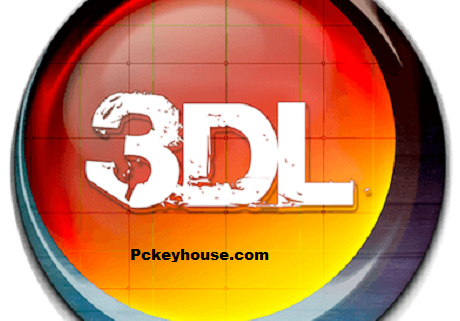

The interpolated value is also good for calculating the output value. Because of the point may not be on a lattice point, the lattice values must be interpolated. Each axis of the lattice represents one of the 3 input color components and the input color defines a point inside the lattice. Usually, 3D lookup tables (3D LUTs) are applied to calculate preview colors for a monitor or digital projector of how an image will be reproduced on another display device, which is typically the final digitally projected image or release print of a movie.Ī 3D LUT is a 3D lattice of outut RGB color values that can be indexed by sets of input RGB color values. What Is a 3D LUT?Ī 3D LUT (3D lookup table), in the film industry, is used to map one color space to another. So, a given input value exists at a point whthin the lattice. They take advantage of a lattice of values. Yet, being different from the majority of 1D LUTs, 3D LUTs don’t save an output value for each input value. Therefore, saving a 3D LUT in that way requires a large file size, which has effects on storage space and device performance. Mapping the 10-bit colors in 3-dimensions means 1024 x 1024 x 1024 (more than one billion) values, obviously bigger than the 1D LUT.

Thus, a 10-bit 1D LUT has 1024 values while 3 x 1D LUTs have 3 x 1024 = 3072 values.

Yet, they lack the precision needed for more complicated non-linear colour correction such as film stock emulation and color grading.Ī 1D LUT has a lookup table of values based on the bit depth. That permits much more complex color correction including changes in saturation and hue.ġD LUTs are useful for a lot of color correction tasks like gamma correction and overall color balancing. Color values can be adjusted relative to each other, which enables any color to be mapped to any other color. It map red, green, and blue to 3 axes of a three-dimensional cube. That is to say, they can only control brightness, contrast, gamma, as well as black and white levels. The Lookup Tables adjust the brightness of each of the red, green, and blue channels respectively of each other, depending on the values contained within the LUTs. When the LUTs are applied to a source, the input red, green, and blue values of each pixel are mapped to new output values. However, usually, 3x 1D LUT are used together with one for each color channel. That is to say, 1D LUT can only be applied for changes in luminance like gamma correction, contrast, brightness, as well as black and white levels. When applied, a 1D LUT on its own can only change a single input value. In the first place, let’s see what is a 1D LUT. In general, there are 2 types of LUT, 1D LUT and 3D LUT. For instance, LUTs created by digital imaging technicians (DIT) and stored into “LUT boxes” connected to on-set monitors combine a camera LUT with a creative LUT. Moreover, LUTs can be technical and creative at the same time.
#3d lut creator malwre movie
For examples, LUTs can be used to enchance colors, replicate the look of a particular movie emulsion, create monochrome or sepia effects, and boost shadows and highlights. Thirdly, LUTs that are usually created by the camera manufacturer to convet camera logarithmic formats that digital cinema cameras typically capture footage into Rec 2020 or Rec 709.īesides technical LUTs, also, lookup tables can be used creatively with endless possibilities. Secondly, LUTs that convert from different color spaces such as converting Rec 2020 to Rec 709. LUTs are used in the following cases of technical field.įirst of all, when calibrating displaies or other monitors for color critical work like editing or grading, LUTs are used. Practically, however, LUTs are applied to many color correction tasks (both technical and creative). To make it easier to understand, a LUT is a type of color preset that can be used to images or footage. Within the context of video/movie/film and photo/picture/image/screenshot edition, a LUT is used to remap the input color values of source pixels to new output values based on data contained within the LUT. LUT (pronounced ‘lut’) is an acronym that means Look Up Table.

#3d lut creator malwre software
This article elucidated by MiniTool Software Ltd mainly introduces a type of video or photo color editing technology – 3D LUT, which helps in mapping, correcting, and grading colors to generate a various of visual effects and deliver a better visual experience.


 0 kommentar(er)
0 kommentar(er)
